
Strategies to achieve thermal comfort for all – Is this a future ?
Thermal comfort is “that condition of mind which expresses satisfaction with the thermal environment”. It is part of a vital survival behavior. Our group decided to see how we could achieve thermal comfort for all in the future through bioclimatic architecture, cooling and ventilation. I. Bioclimatic (…)
Mechanical or natural ventilation
Loïc Unternährer, Odile Montarnal, Brian Salamin, Rosa Schnebli Ventilation Ventilation is the intentional introduction of (outdoor) air into indoor space. Its primary purpose is to renew the air in the house and thus to ensure good air quality. Ventilation helps to moderate internal temperature, reduce excess moisture, odours, bacteria, dust, carbon dioxide, smoke and other (…)
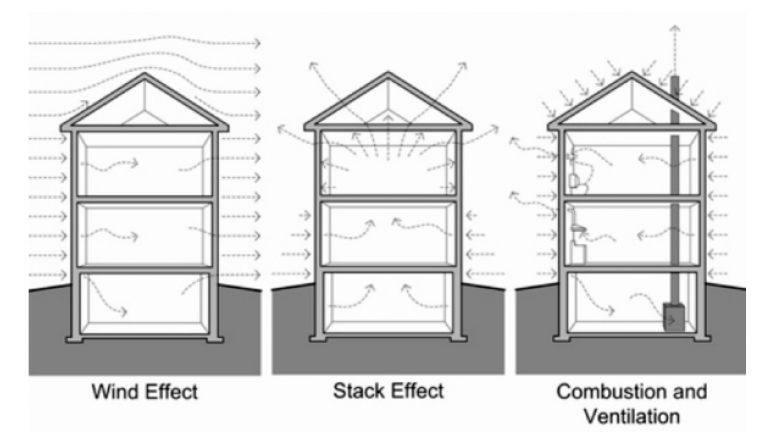
Mechanical or Natural Ventilation ?
Alexandre Burgaud, Laure Toullier, Sofia Chajon Gomar, Mya Jamal Lahjouji As humans, one of our main concerns is to feel good and healthy when indoor. However, our comfort must deal with other issues such as economy and ecology. In order to have an idea of how we can combine those parameters, we had to analyze (…)
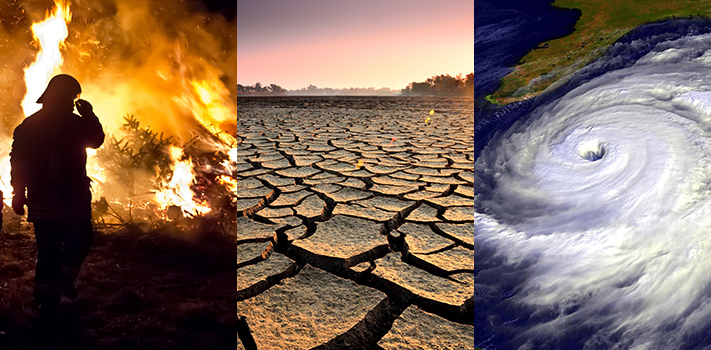
How will climate change impact indoor Environmental quality?
This is a subject that interested us immediately. Climate change is a problem all of us will be facing very soon and as young engineers, we feel concerned. It is important for us to know what difficulties we will encounter in the future, and to get involved as early as possible to try to adapt (…)
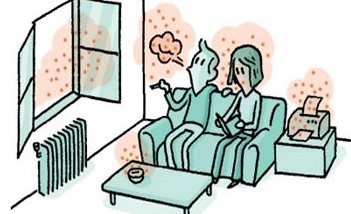
Impact of Indoor Climate on Human Health
Introduction Have you ever thought about how many hours we spend indoors? Many studies have shown that 90% of our time is spent in closed environments and more than half of the air we breathe is from our private dwelling. With this comes the importance to have a decent indoor climate. The relationship between bad (…)
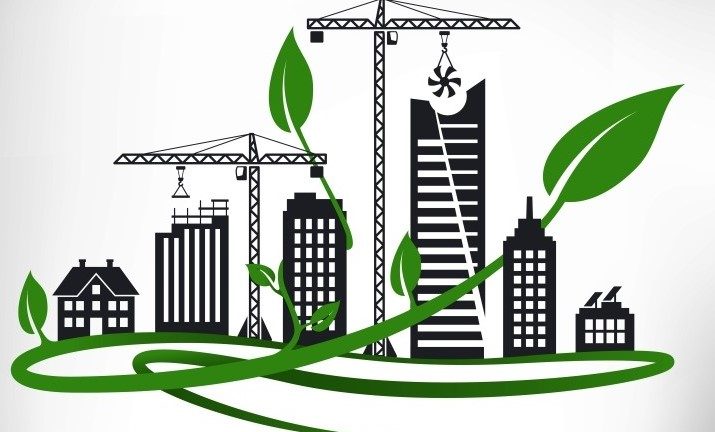
Do Green Buildings Have Better Indoor Climate ?
The building sector has the greatest potential for greenhouse gas emission reductions compared to other major emitting sectors [1]. It could achieve energy savings of 50% by 2050, in order to limit the global temperature increase to 2°C [2]. This is why many green buildings are being developed today. We chose this subject because environmental (…)
Role of Indoor Climate in Virus Transmission Mitigation
Indoor environment has become the predominant habitat for urban individuals. Indoor air quality is therefore crucial for public health. Indeed, this confined air can expose us to chemical agents, pollutants and infectious agents. The properties of each building such as location, occupancy or ventilation and indoor environmental factors including temperature, humidity, and airflow rates shape (…)
Human productivity and energy use – are these in conflict?
With the evolution of technology, humans are nowadays able to control many factors that influence indoor environmental quality (IEQ) such as temperature, air quality, and air velocity. Thus, we can create a comfortable environment in buildings but on the other hand, this progress also leads to a higher energy consumption. Obviously, we aim to consume (…)
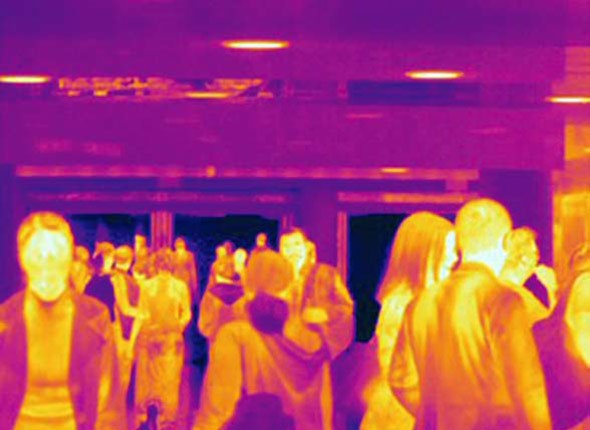
Methods To Assess Indoor Climate: Pros and Cons
In the following text we will introduce different parameters and methods on how to assess indoor climate. Additionally, we put together pros and cons of these specific methods. We mainly focused on the indoor air temperature, relative humidity, the impact of particulate matter and indoor airflow. Temperature Indoor temperature is an important factor in (…)
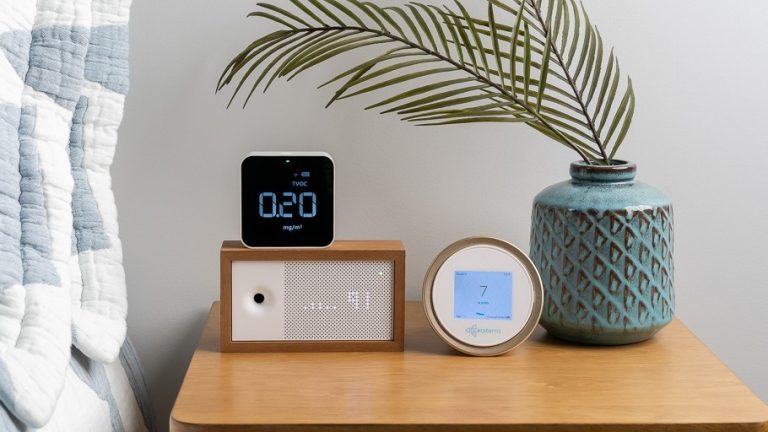
IoT Sensing of Indoor Air Quality – Is This a Future?
What is IoT sensing technology and how can it be applied to monitoring indoor air quality? Why is it important to monitor indoor air quality? What are the benefits of IoT sensing technology? What are the other related topics of IoT sensing? Are there some available commercial products in the market? How much is it? (…)